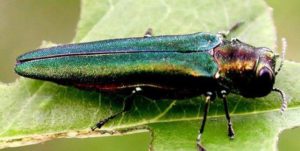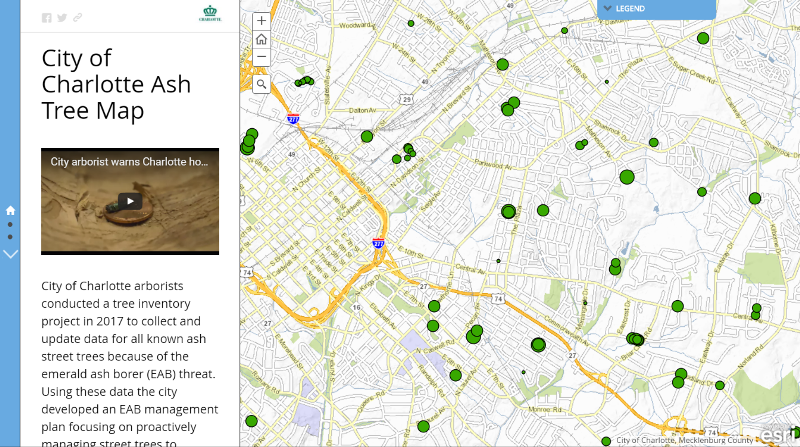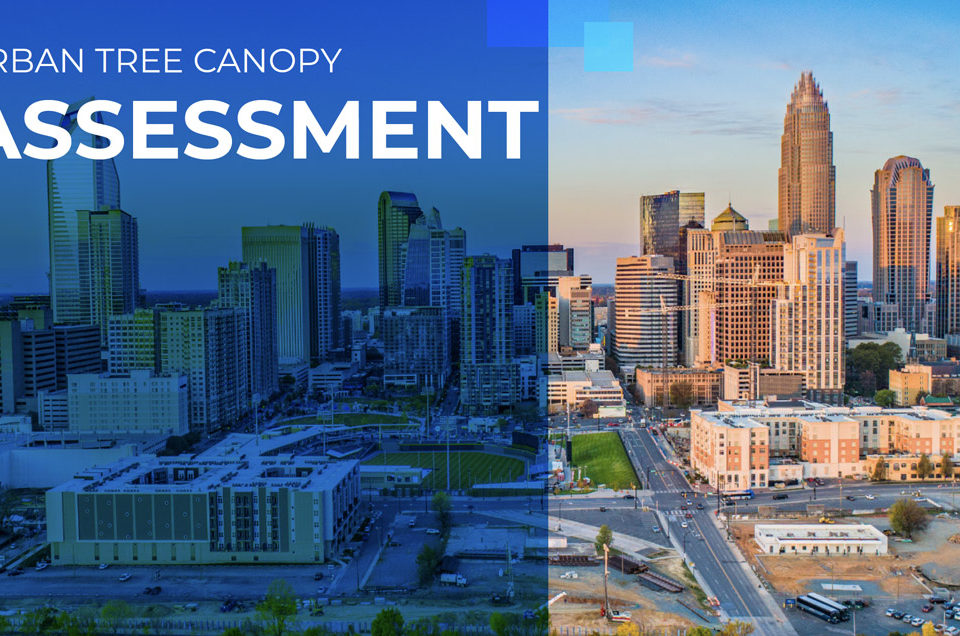“Save Your Ash” Campaign

Ask The Arborist: Gloomy Scale
5.29.18
Calling all chili masters
8.29.18
Through a grant from the North Carolina Forest Service, the City of Charlotte is actively treating ash trees for the emerald ash borer. You might see these signs in various locations across the city next to ash trees that are being treated.
City of Charlotte Ash Tree Map
In response to the EAB threat, City arborists conducted a tree inventory project in 2017 of all known ash trees that are located in the City’s rights-of-way. Using the data, the City developed an EAB management plan focusing on proactively managing street trees to protect, preserve and restore Charlotte’s tree canopy.
This map displays all ash street trees. Zoom in to see ash tree locations and click on a tree. From there, you can send a tree care service request, report possible EAB detection or ask for more information.
The City has placed traps throughout the Charlotte area in close proximity to ash trees in order to detect the presence of the EAB. Trap locations are displayed on the map with a blue triangle, which you can click on to see what the traps look like.
The emerald ash borer (EAB) is a metallic green beetle that bores into ash trees eating the tissues beneath the bark, eventually killing the tree. This non-native insect was first found in the United States near Detroit, Michigan in 2002.
The EAB is now found in 30 states and in 25 counties in North Carolina, including Mecklenburg County. Hundreds of millions of trees have been killed by the EAB across the country. The insect was detected in Charlotte in May of 2017. Report a possible sighting of EAB to 800-206-9333 or newpest@ncagr.gov


